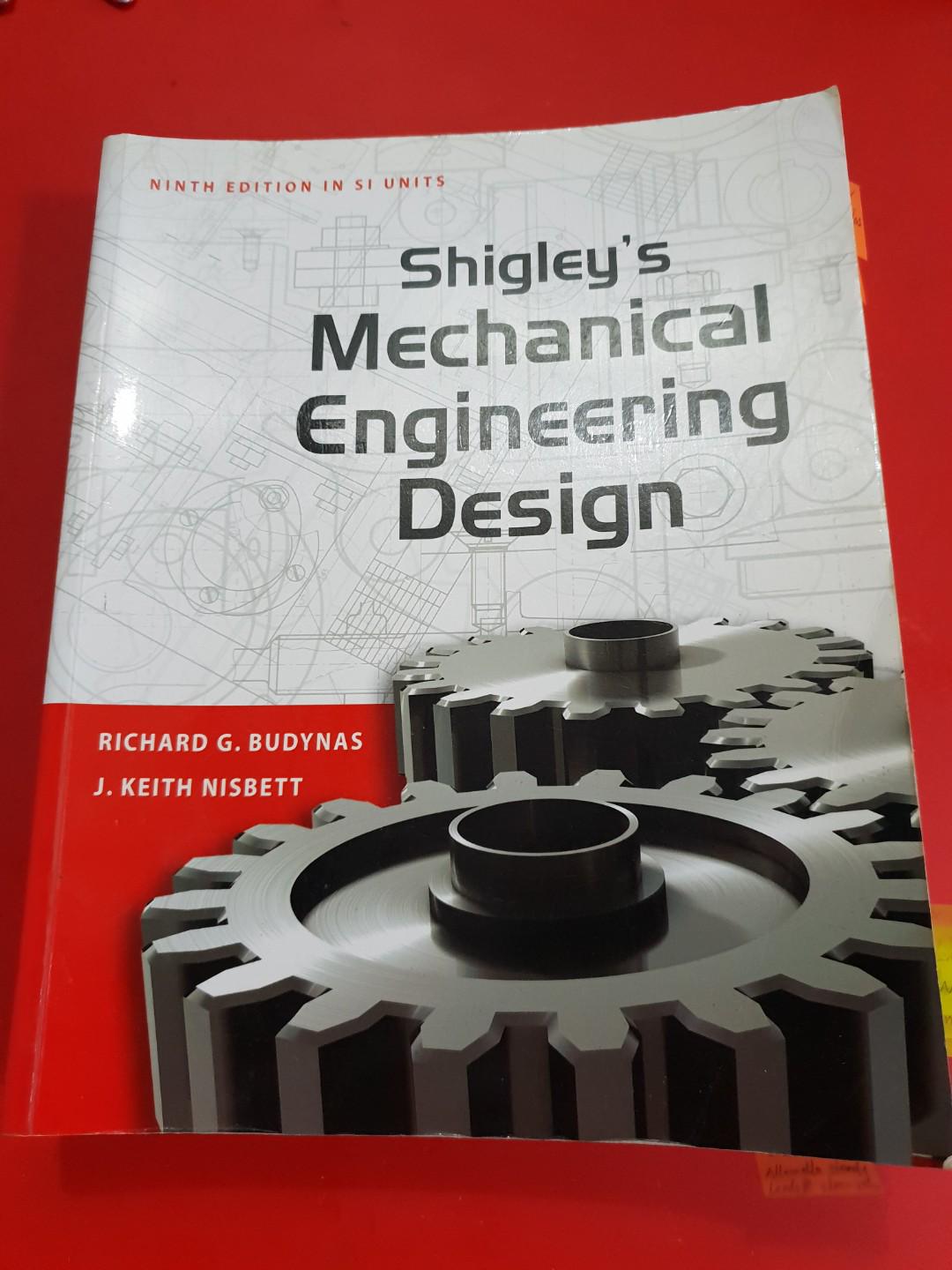Table of Content
Only a small amount of blood is out of your body at any one time. The dialysis machine pumps your blood through the dialysis system and controls the treatment time, temperature, fluid removal and pressure. During peritoneal dialysis, dialysate fluid is placed into your peritoneal cavity via a peritoneal catheter—either manually or by using a machine called a cycler.
If you prefer, this can be done by a machine overnight while you sleep. Blood passes along the tube and into an external machine that filters it, before it's passed back into the arm along another tube. Dialysis filters out unwanted substances and fluids from the blood before this happens. Left untreated, this can cause a number of unpleasant symptoms and eventually be fatal. In-center dialysis Find out what it’s like to get dialysis in-center and if it could be right for you.
How are the needles attached to the dialysis machine?
When the dialysate is drained from your peritoneal cavity, the waste, toxins, and excess fluid are removed along with it. The completion of this peritoneal dialysis procedure—filling, dwelling, and draining—is called an exchange. Ability to learn and adapt - You must be able and willing to learn how to do dialysis in your own home. Normally, training sessions are conducted at a dialysis clinic. Your dialysis provider offers an intensive training program that will help you and a dialysis care partner learn how to perform treatments on a regular basis.
If you have an employer group health plan, it will be the primary coverage for the first 30 months of your treatment with Medicare as your secondary insurer. After those first 30 months, Medicare will become your primary insurance. Patients who opt for PD dialyze daily with little or no assistance from others. There are different options for doing dialysis at home.
Side effects of dialysis
But all in all, many people report that peritoneal dialysis allows them to continue to live, work and travel with relative ease. This therapy requires one to two months of education and training for the patient and usually a care partner. With each treatment, two needles are most often stuck in a vein in a patient's arm. Blood is pumped out of the patient and through a machine, where it's cleansed and waste products are removed, before being pumped back into the body. With this treatment, a fluid called dialysate is flushed into a patient's abdomen through a surgically implanted catheter. There, it absorbs waste products and excess fluids over several hours before being drained away.

Both home dialysis options offer 24/7 on-call nursing coverage by phone. Get an overview about different dialysis treatments and how they help people continue a productive life. Reading and writing - Patients must have basic reading and writing skills in order to read training manuals, order supplies and complete some simple but important paperwork. Determine which stage of kidney disease you’re in by calculating a glomerular filtration rate and start managing your health.
Added benefits of short daily and nocturnal home hemodialysis
As your blood is filtered, it is returned to your blood stream. Only a small amount of blood is out of your body at any time. There are two types of PD, continuous ambulatory peritoneal dialysis , and automated peritoneal dialysis .
That information helps determine whether your dialysis would be improved if the solution stayed in your abdomen for a shorter or longer time. After the tube is inserted, your doctor will probably recommend waiting up to a month before starting peritoneal dialysis treatments to give the catheter site time to heal. But peritoneal dialysis isn't an option for everyone with kidney failure.
Insurance coverage for home hemodialysis
The main difference between these options is that APD uses a cycler machine to perform exchanges while CAPD does not require a machine. Many patients may benefit from choosing CAPD therapy as their treatment choice as it better preserves a person's residual renal function. Or, if you’re already on dialysis in a center, you might be curious about how home dialysis works. The more common type of PD involves a machine called a cycler, also calledautomated peritoneal dialysis , to perform the exchanges. Many people will carry some fluid in the abdomen during the day which is then drained out at night when reconnecting to the cycler machine. Some people will also need to perform an exchange during the day.
"There's so much we don't know about this. We need to do the trials so we can get the information." But survival rates of people on dialysis have improved over the past decade and are expected to continue improving in the future. Peritoneal dialysis can put you at risk of developingperitonitis, an infection of the thin membrane that surrounds your abdomen.
Continuous ambulatory peritoneal dialysis—is done without a machine, and requires 3 to 5 exchanges per day. The benefit to CAPD is that it allows you to manage your dialysis from home, work, or while traveling. PD is typically done at home or in any other clean, enclosed environment. PD treatments are done more frequently, so waste and toxins in your blood don’t have a chance to build up as much between treatments. Home peritoneal dialysis may also mean fewer food restrictions and less medication. Home dialysis treatment has similar costs as in-center treatment.

Hemodialysis at home See why more people are experiencing the comfort and convenience of hemodialysis at home. But many people find that home hemodialysis gives them the flexibility and energy level to live their best lives. You should know that most people learn how to do home dialysis correctly and comfortably.

No comments:
Post a Comment